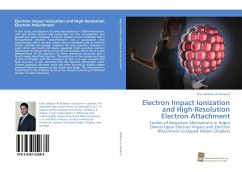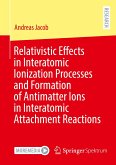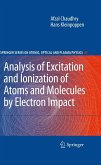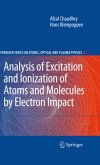In this study, investigation of some low electron (100eV)interactions with and within clusters was conducted. For this investigation, two apparatuses were employed. A helium droplet source combined with a hemispherical electron monochromator and a quadrupole mass spectrometer, and a rare gas cluster source combined with an electron impact reaction microscope. Evidence for two relaxation channels in argon dimer was found and clearly separated. High-resolution electron attachment to helium atoms inside helium droplets led to the accurate determination of the positions of three resonance structures and a fourth newly identified structure. The evolution of the conduction band of helium droplets with the evolution of their size was revealed with high accuracy. It was disclosed that the electron attachment water clusters gradually becomes more and more favored at slightly higher projectile electron energies as the cluster gets larger. This observation is traced back to the different structure for clusters consisting of different number of water molecules.








